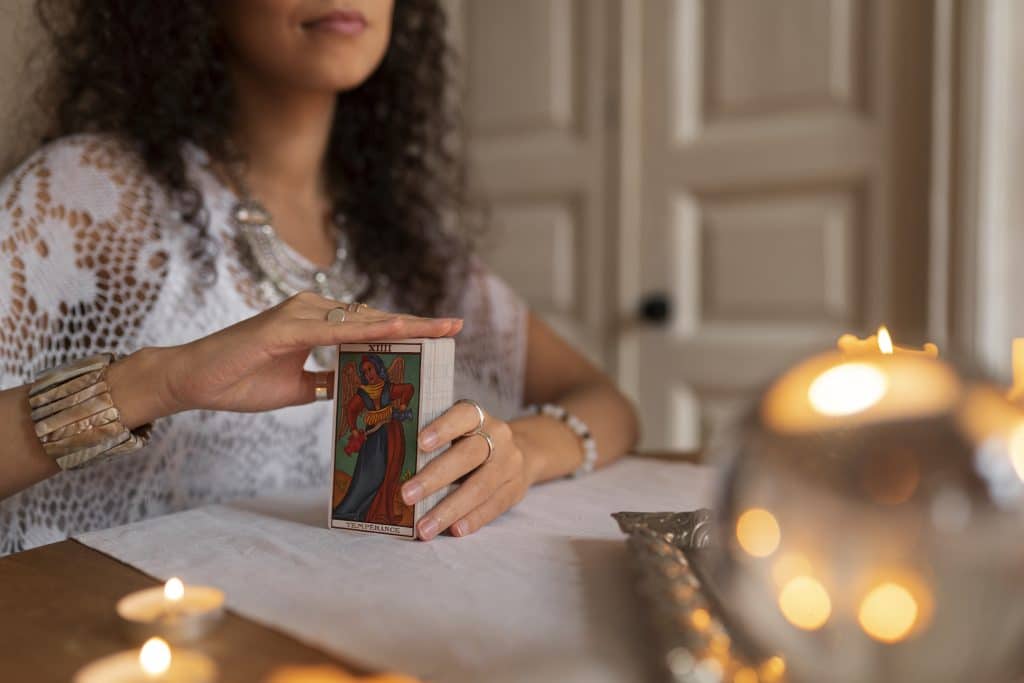How to Create a Year-End Reflection Ritual
Emma Brooks July 14, 2025
Learning how to create a year‑end reflection ritual can turn a routine calendar flip into a meaningful reset. Amid fast-paced life and digital noise, this practice has become an emerging trend—often promoted as a mental wellness strategy. As more people seek emotional clarity and intentional design in their lifestyles, year-end reflection rituals are being spotlighted by influencers, coaches, and mental-health experts as a powerful transition into a more grounded and purpose-driven new year.

Why Year‑End Rituals Are Trending Now
Year-end reflection rituals are gaining popularity due to several converging cultural shifts:
- The rise of wellness culture promotes habits that encourage slowing down.
- The aftermath of the pandemic pushed many to reassess priorities and seek grounding traditions.
- Digital fatigue has inspired interest in mindful, unplugged seasonal practices.
- More people are viewing this time of year as an opportunity to pause—and that pause supports mental clarity and direction.
The Science of Reflection and Ritual
Creating intentional rituals enhances emotional well-being. Regular reflection increases self-awareness, improves decision-making, and helps align daily behaviors with personal values. Research shows that practices like gratitude journaling can increase optimism, boost social connection, and support physical health.
These benefits explain why many are turning to structured rituals as tools for personal growth and emotional reset.
Core Elements: How to Create a Year‑End Reflection Ritual
To design a meaningful ritual, focus on intention, structure, and sensory grounding.
1. Design a Dedicated Space
Choose a spot that feels calm and deliberate. Light candles, add cushions, and remove digital distractions. This helps create emotional safety and signals to your mind that it’s time for inward focus.
2. Begin with Stillness
Start with five minutes of silence, meditation, or deep breathing. This gentle pause helps you transition from the demands of the day into a reflective mindset.
3. Use Guided Prompts
Structure matters. Prompts give shape to your thoughts. Try using a simple framework like the “4Ls”:
- What did I Love?
- What did I Loathe?
- What did I Learn?
- What do I Long for?
This method balances appreciation with honesty and helps you uncover patterns.
4. Combine Gratitude with Intention
Begin with gratitude journaling—write three things you’re thankful for from the year. Then move to intentions: what do you want to feel, focus on, or pursue next year? Pairing these practices strengthens emotional balance and forward momentum.
5. Include Symbolic Actions
Small rituals—like writing down fears and discarding them, lighting a candle, or reading goals aloud—help make your reflection feel embodied. These symbolic gestures reinforce the transition from one chapter to the next.
6. Capture What You Discover
Writing down your insights reinforces them and gives you something to revisit later. Use a notebook, digital journal, or audio notes—whatever format feels natural.
7. End with a Personal Closing
Your ritual should conclude with rest, stillness, or celebration. Whether it’s a quiet moment of tea, a calming song, or a shared reflection with someone close, the key is to end with presence and intention.
Sample Year‑End Reflection Ritual
Step-by-Step Example (Approx. 60 minutes):
- Prepare Your Space (15 min): Choose a quiet area, light a candle or lamp, and gather your journal, pen, and anything comforting.
- Start with Silence (5 min): Close your eyes and focus on your breath. Optionally, play soft instrumental music.
- Reflect on the Year (20 min): Use questions like:
- What did I enjoy most?
- What was difficult?
- What moments felt meaningful?
- What patterns kept showing up?
- Gratitude Journal (10 min): List at least three specific experiences or people you’re grateful for.
- Set New Intentions (10 min): Choose 3–5 words or themes that will guide your choices in the year ahead.
- Symbolic Closing (5 min): Read your intentions aloud, take one final breath, and extinguish the candle.
Why Year‑End Rituals Work
They signify closure. Traditions like Japan’s Oosouji year-end cleaning illustrate how clearing a space can also clear the mind.
They offer clarity. Simple practices like journaling or meditation help reduce mental noise and elevate personal insight.
They deepen awareness. Structured reflection brings subconscious patterns to the surface, allowing for thoughtful evaluation and planning.
They add rhythm to emotion. Frameworks like the “4Ls” help you process the year with both celebration and critique, turning chaos into clarity.
In a fast-moving world, rituals act as meaningful pauses. They allow you to step off autopilot and return to your values, your goals, and your sense of self. Whether shared or solitary, these practices help you move forward with intention.
Tips for a Meaningful Ritual
- Go at your own pace. Don’t rush through the steps—this is about presence, not productivity.
- Keep it real. Use prompts that reflect your personal values and experiences.
- Use sensory cues. A candle, soft music, or essential oils can enhance focus and emotion.
- Review previous entries. Revisiting past reflections can spark recognition and show how far you’ve come.
- Repeat regularly. While often done in December, this ritual can be adapted for monthly or seasonal use.
Emerging Trend: Tech‑Enhanced Reflection
Technology is also supporting this movement:
- Digital journals like Day One offer guided prompts, photo integration, and voice-to-text features, allowing users to document their reflections in dynamic, multimedia formats.
- Reflection apps provide mood tracking, emotional check-ins, and personalized cues to prompt deeper insights.
- Virtual reflection groups connect users through shared digital spaces—such as Slack communities, private Facebook groups, or Zoom circles—where participants reflect together, fostering accountability and connection.
These tools make year-end reflection more accessible for people who prefer structure or community. However, despite their growing popularity, many still gravitate toward pen and paper. The tactile act of handwriting creates a sense of presence and intimacy that digital formats can’t always replicate.
Conclusion
Learning how to create a year‑end reflection ritual is about more than routine—it’s about marking change with awareness. These practices allow space for emotion, clarity for insight, and focus for the future.
Incorporate structure and honesty, allow room for creativity, and trust the process. Whether your ritual is brief or elaborate, it can help you start the next chapter more grounded, grateful, and prepared.
References
- Verywell Mind – How Self‑Reflection Benefits Your Mental Health https://www.verywellmind.com
- Wikipedia – Gratitude journal (review of empirical studies) https://en.wikipedia.org
- Jo ChunYan – Intuitive rituals and reflections for the end of the year https://www.jochunyan.com





